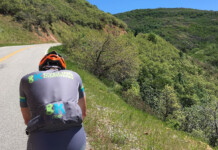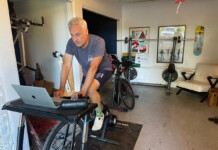By Sarah Kaufmann — Before you begin a new cycling season, it is a good practice to plan out your goal events or races and take the time to organize your calendar and prioritize these events with A/B/C (or 1/2/3) designation. You will probably only have a few ‘A’ races, a handful of ‘B’ races and mostly ‘C’ races. It can be a little difficult to prioritize your events this way; of course we want to be fast for all of them! Unfortunately it is not physiologically possible to carry our best fitness through an entire season. I will save for another article how to plan a periodized season of macro and micro training cycles. But suffice to say, prioritizing your season around certain high and low priority races will allow you to carry your best fitness for your biggest goals and utilize other events as key training sessions to build toward those goals.
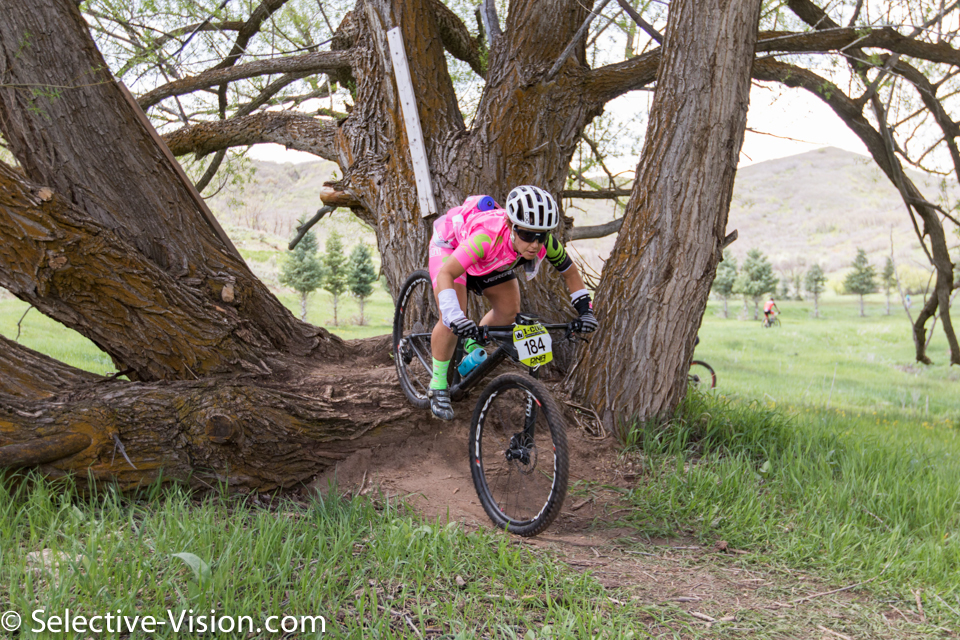
There are different schools of thought around how to approach training races. I prefer to send athletes into training races or events with some rest but not tapered or peaked. I choose to do this for a couple of reasons. While there are some benefits to racing at the end of a training block with tired legs in order to squeeze out the last available bit of work, I find that depending on an athlete’s capacity for training (and outside/life stress), it can flirt dangerously close with overtraining. Especially as it gets deeper into the season and cumulative training load is high. Additionally, with even a couple days of light riding to rest the legs, an athlete will be able to dig a little deeper in a training race and, as a result, get a little more out of the event from a training perspective.
Training races are great tools for getting the most out of yourself. Most people can find a little more in the tank when there are other people around. For that reason, sometimes a hard group ride or ride with fast friends can offer the same benefit. That outside stimulus pulls a little more out of us than we can often pull out on our own.
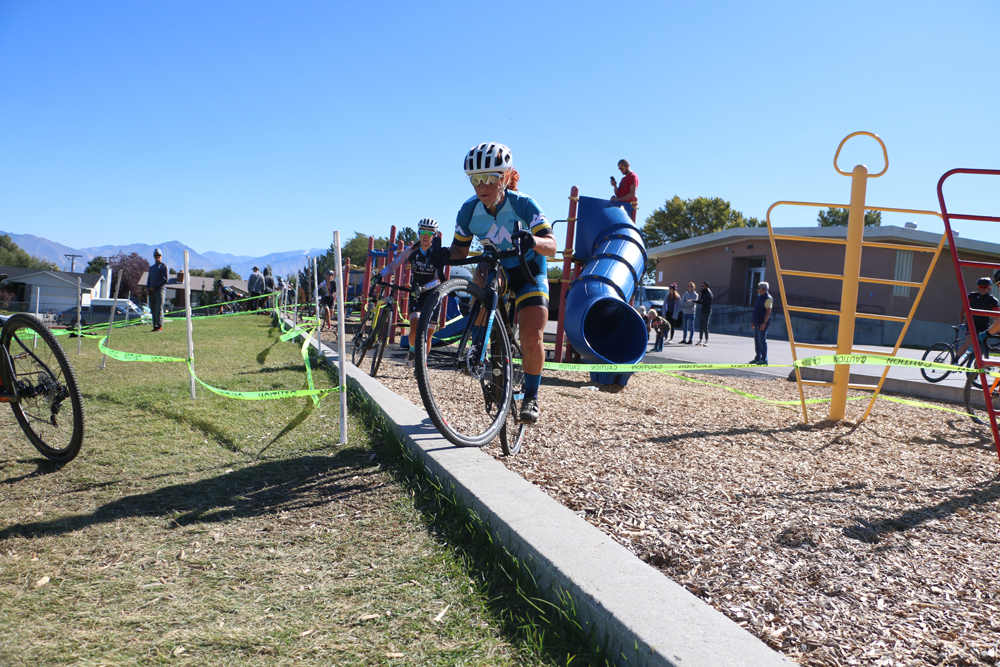
For a training race to make sense within the greater picture of a macro cycle or season of training, it does not need to be the exact type of race or event as the ‘A’ priority goal. The more similar it is, the more effective it will be in priming the athlete for their bigger goals. But many different types of events can be worked into a training plan to be beneficial. The key is placing them strategically as tuners of specific types of fitness (endurance, top end, etc). So a longer race will address endurance/tempo fitness for a micro cycle of training; a shorter more intense race will address top end for a given period. Of course, these also need to be worked into the larger context of where an athlete is in their season.
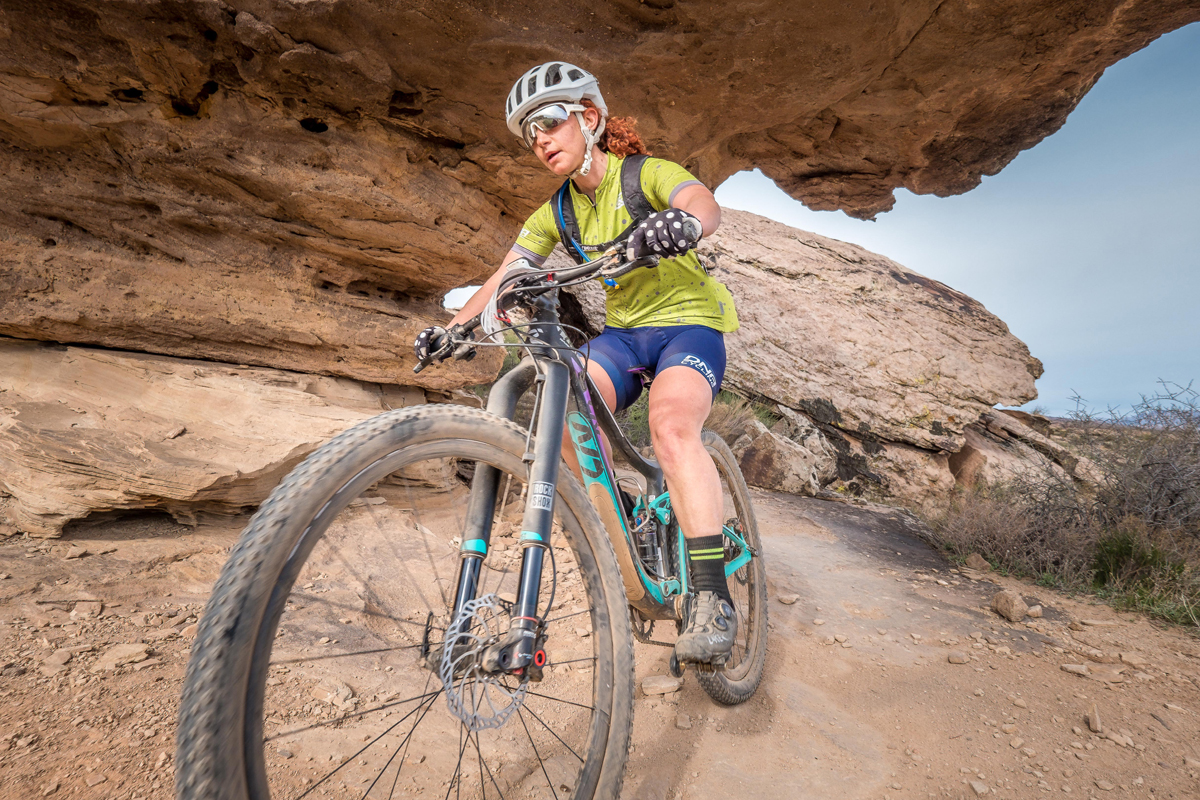
Training races can also be great simply to practice execution. For example, in long races, an athlete will need to have a fueling and pacing strategy. These are really difficult to nail first time (or 100th time!). I usually have a strategic briefing session with my athletes before an event to hammer out the execution details. But there is no substitute for actually doing it. While your belly might be very happy eating certain foods on long training rides, it might completely revolt at the same foods at the higher intensity or longer duration of a race. You won’t know until you get out there and try it. Better to learn these things in a training race or event than your ‘A’ priority goal.
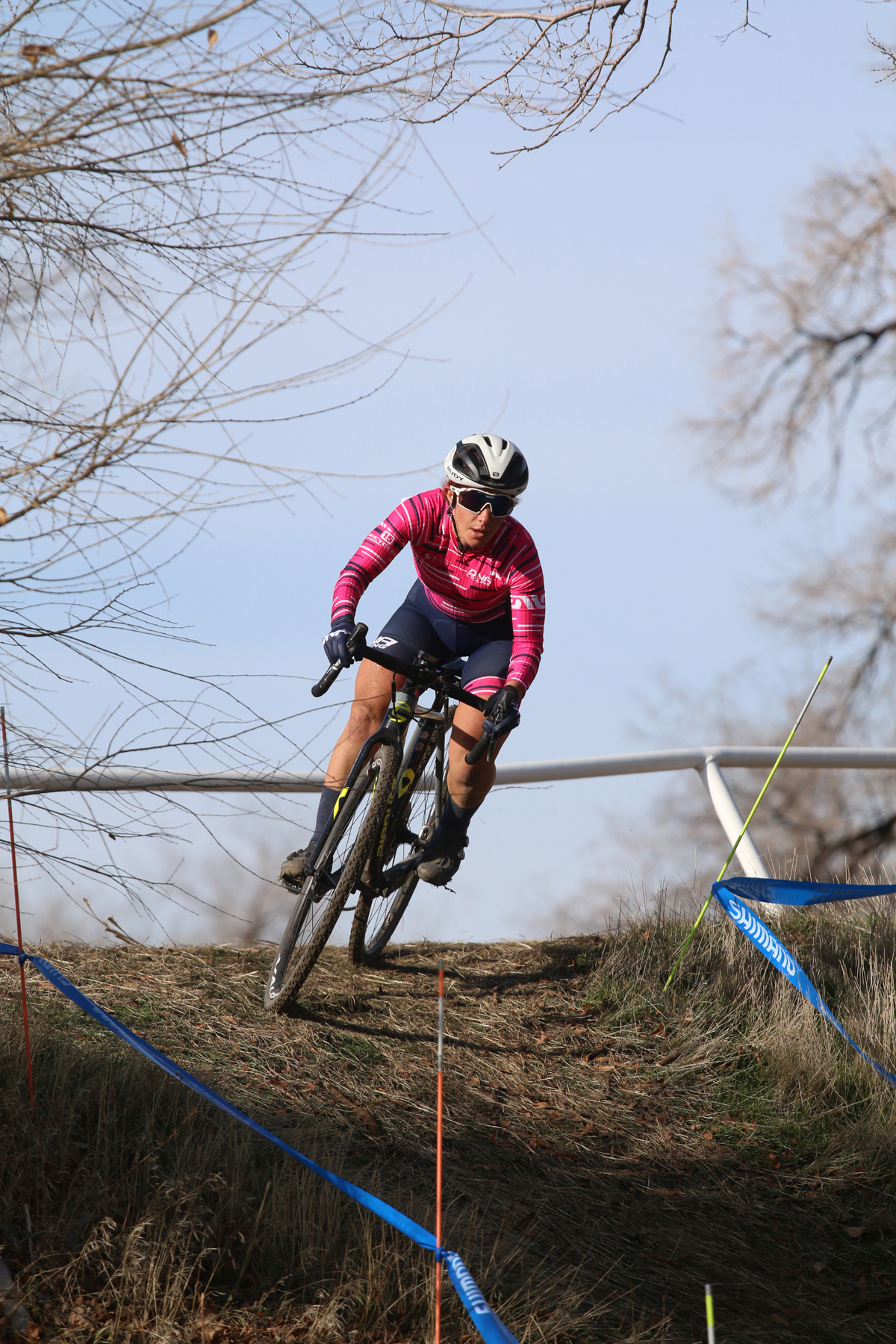
For those newer to racing, training races are also a great opportunity to get comfortable in race situations and develop your pre-race routine. As with execution, our brains often don’t work as well with the nerves, excitement and fatigue of race situations. The more comfortable and used to race situations that you are, the more likely you will be to think clearly and execute your plan as well as pull off smart strategic moves.
Racing and training are a balancing act, it’s all a learning process and unique for each person. Once you let go of the desire to carry peak fitness all year, you will reach new highs for your biggest goals. Periodized training is all about creating and timing those highs. Racing strategically within your training can be very effective to that end!

